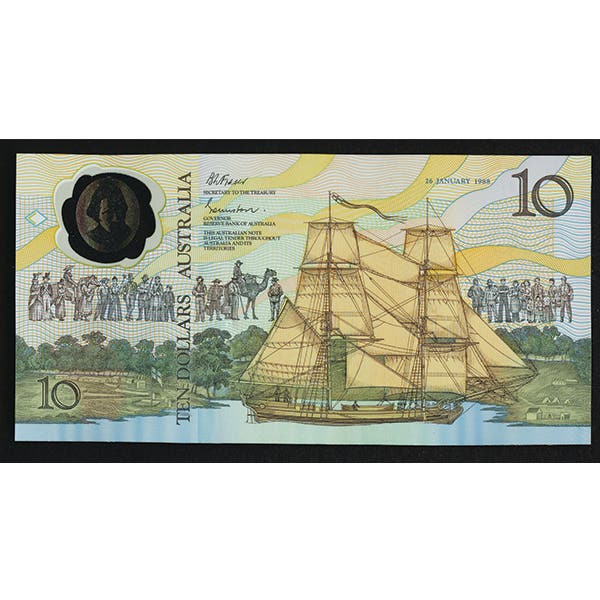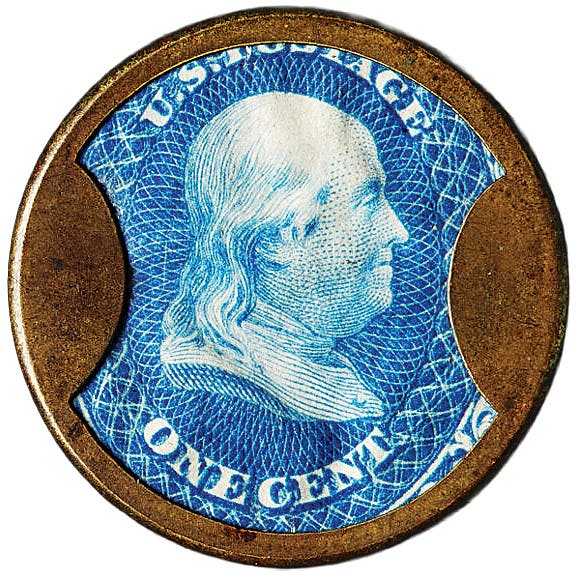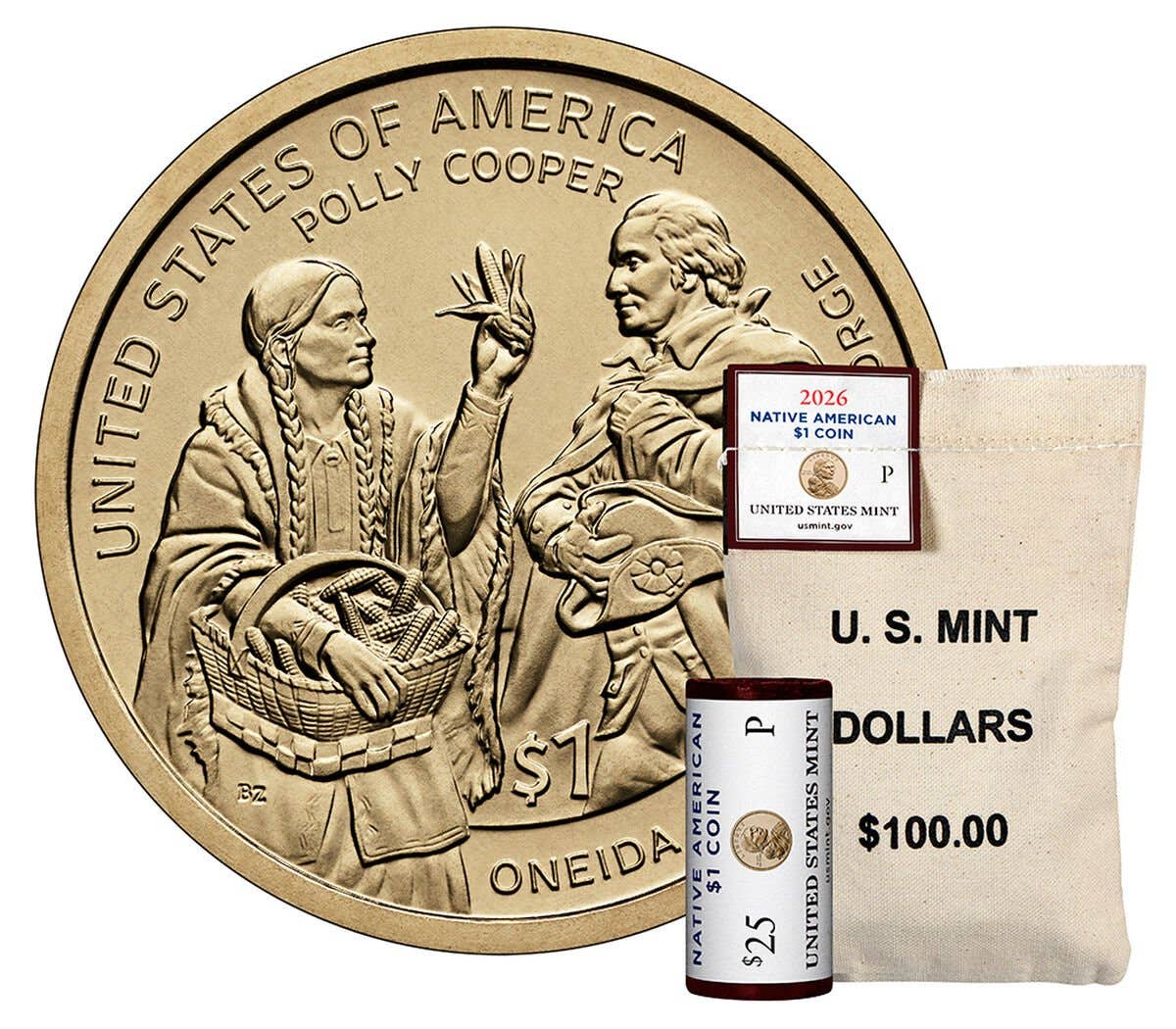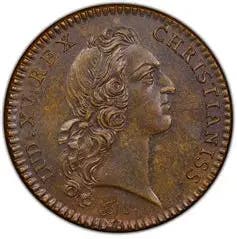Which is better cent, 1918-D or 1918-S?
There are assorted sleepers in virtually every denomination. If there is one exception to that rule it would seem likely to be the Lincoln cent.
There are assorted sleepers in virtually every denomination. If there is one exception to that rule it would seem likely to be the Lincoln cent. The popularity of the Lincoln cent over the years with generation after generation of collectors has meant that few, if any, coins of the United States have been examined and carefully analyzed as the Lincoln cent.
You would think we know just about everything there is to know about Lincolns. We know that the 1909-S VDB was save in small numbers. We know the 1931-S cent was saved in large numbers. We know that the 1914-D was not saved at all and that explains why it is so expensive today in MS-65. The list of facts about each date goes on and on.
But just when we think we have it all figured out, along comes something to destroy our confidence.
The year 1918 is one that should be studied and remembered by collectors who like Lincoln trivia. It was, after all, the year the initials of Victor David Brenner were finally returned to his creation, albeit in an inconspicuous location on the 16th President’s shoulder.
The Brenner initials probably seem like a small matter, but it must be remembered that they were certainly not a small matter when the Lincoln cent was introduced in 1909. The highly visible and much talked about initials on the reverse of the first coins caused the secretary of the Treasury to halt production.
The whole thing was nobody’s finest hour as Brenner had been a bit short of humble during the design process. He wanted to put his whole name on the coin. He was told that only his initials were acceptable and he was not totally happy with that.
For the Treasury secretary, it was not his finest hour because he had originally approved the design, so halting the cent’s production for the removal of Brenner’s initials was a black mark on his record as well.
In the case of Chief Engraver Charles Barber, he was not happy with Brenner. When production was halted he made the claim that if he changed their location it would take too much time and the nation needed cents. But after Barber died, it did not take long in 1918 to find a more low-profile location for the initials.
How much interest there was in the initial soap opera in 1918 is hard to say. It probably wasn’t much, which sums up the level of interest in the cents of 1918.
There were 288 million made in Philadelphia. Denver cranked out almost 48 million. San Francisco’s output of nearly 35 million means it is the key date of this particular high-production year.
However, the price guides don’t see the situation according to mintages. They look at availability on the market. It is the 1918-D that is the higher priced coin from G-4 on up through MS-60. The something funny happens and the 1918-S takes the lead for MS-63 and MS-65. In the latter grade, the 1918-S is $1,750 compared to $1,200 for the 1918-D.
Can the 1918-D be considered a bit of a sleeper at the high end. The Professional Coin Grading Service has seen only 51, which is actually fewer than the 90 1914-D coins in that grade. Could a price adjustment be coming for the 1918-D?









